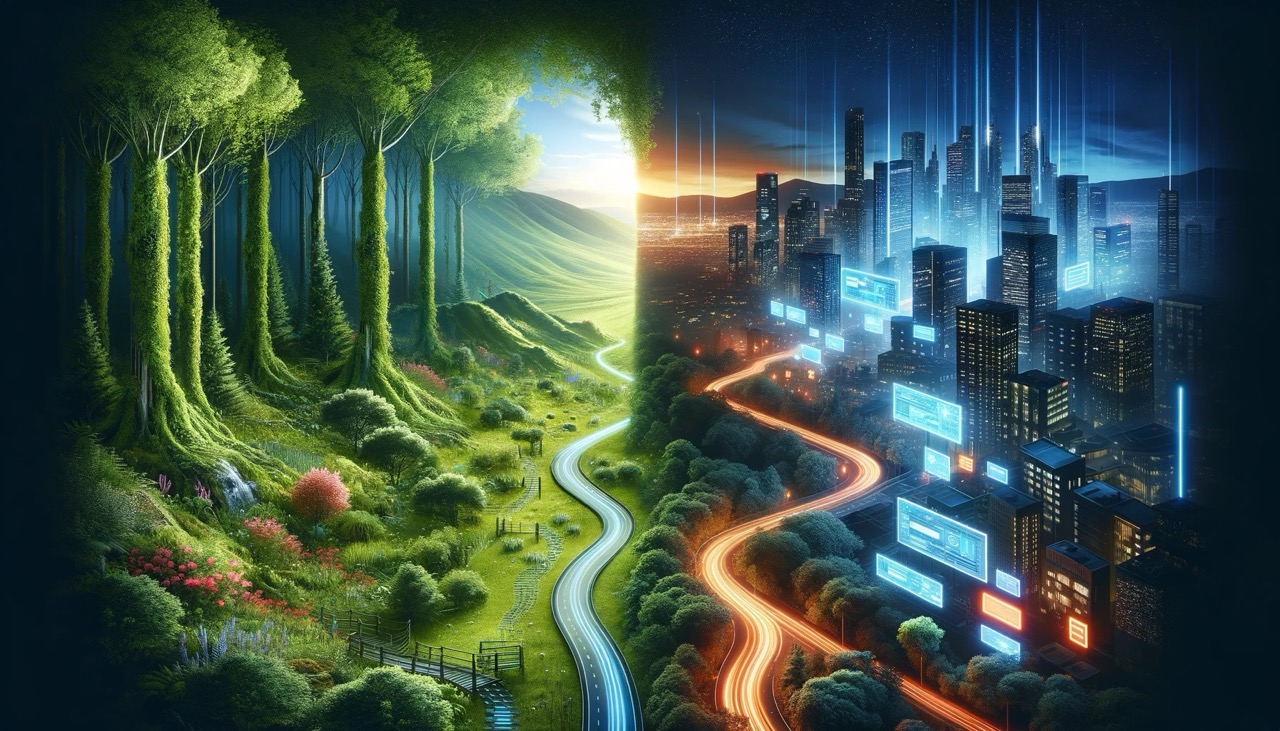

What are the differences between web designers and developers? In the early days of the internet, there was only one distinction to be made: designers created things, while coders coded them.
The distinction between HTML and CSS used to be rather straightforward: while everyone knows at least a little bit of HTML and CSS, you’ll be hard pushed to find someone who doesn’t know what they’re doing. However, today’s line is more convoluted—you won’t have far to look for a front-end web developer that can create.
When it comes to the bigger debates about web design vs. website development, on the other hand, there is a lot more clarity. Let’s take a look at these two topics and how they help build useful websites and programs that we enjoy.

Web design is the study and application of making digital content attractive and engaging to visitors.
The visual aspect of a website, including the color scheme, layout, information flow, and anything else associated with the visual side of UIs/UX design, is all covered by web design.
Here are some of the most frequent distinctions between web designers and developers:
Rather than the technical details that make it run, web design is focused on how users perceive what they view on their computer display or smartphone screen. They accomplish this through the use of colors, photos, typefaces, and layout to bring a digital experience to life.
However, many web designers are experienced with HTML, CSS, and JavaScript—it’s beneficial to be able to create real-time mock-ups of a website when suggesting an innovation to the team or fine-tuning the UI/UX of an application.
Web designers utilize templating technologies such as WordPress and Joomla! to create websites without having to write a single line of code.

It is concerned with all of a website’s components, from code to design. It may be divided into two categories: front-end and back-end.
The code that runs on the user side of an application is in command of how a website will actually display mocked-up designs created by a designer.
The backend, or server-side, manages data storage and delivery to the front end of software.
The front-end developer, like the web designer before him, shares many traits with the back-end developer. Here are some capabilities and tools that have long been considered distinct
However, in order to comprehend what the designer wants, you must have a basic understanding of UI/UX design standards so that the developer can pick the appropriate technology to provide the intended look and feel as well as experience the end product.
API and routing to convert data from the application’s front end to its back end are created by back-end developers. Rear-end developers use the following languages and tools:

After we’ve established that web designers and web developers are two different jobs, let’s look at the primary distinctions between them.
Webpage designers are in charge of the look and feel of a website.
An illustration design tool like Sketch or Adobe Photoshop may be used to create images, as well as a prototyping and animation tool like InVision Studio for layouts and high-fidelity mockups. None of these fundamental tasks, on the other hand, need any code.
WordPress and no-code website builders like Wix have led to a rise in web designers who can utilize their design skills to build websites without needing to understand how to code.
A web developer is a software engineer who can improve the functionality of a website. They use their understanding of HTML, CSS, and JavaScript to turn designers’ ideas into code.
Web designers don’t usually have to design visual assets like buttons, color palettes, or typefaces. They simply need to integrate the code into the page.
The cost of employing a web designer is typically less than that of a web developer. According to ZipRecruiter, web developers charge an average of $36 per hour, whereas web designers charge an average of $29 per hour.
Exacerbating the problem is a scarcity of designers and a high demand for coders.
As coding becomes more common in the talent pool, the pay gap between designers and developers is narrowing. Whether you’re searching for designers and developers, you’ll pay for expertise.
The designer/developer hybrid who can do it all, which was once a joke in the business, is now becoming a reality for both web designers and developers.
In the corporate, there is a high demand for developers/designers with a solid understanding of both ends of the spectrum.
The mythical “unicorn” is a metaphor for a fantastic project that can complete your job from start to finish.
Yes, but not in the manner you were hoping; their capacity to interact intelligently with one another is what makes growth and design so significant.
The second advantage of using agile methods is that it allows for a more relevant, precise, and timely decision-making process. This encourages team collaboration and efficient operations since you’ll be able to get to the best answer possible.
When employing the unicorn for little chores, keep in mind that one or two individuals may effectively manage both the back and front sections of an application. Even if you hire a few “unicorns,” bigger defined job responsibilities are recommended for larger projects.






Copyright 2023 BSharp Technology Pty Ltd | ABN: 94 627 016 317 | ACN: 627 016 317 | Terms & Conditions | Privacy Policy
Please fill in this form and one of our customer service representatives will be in contact to discuss your website and complete the signup process.